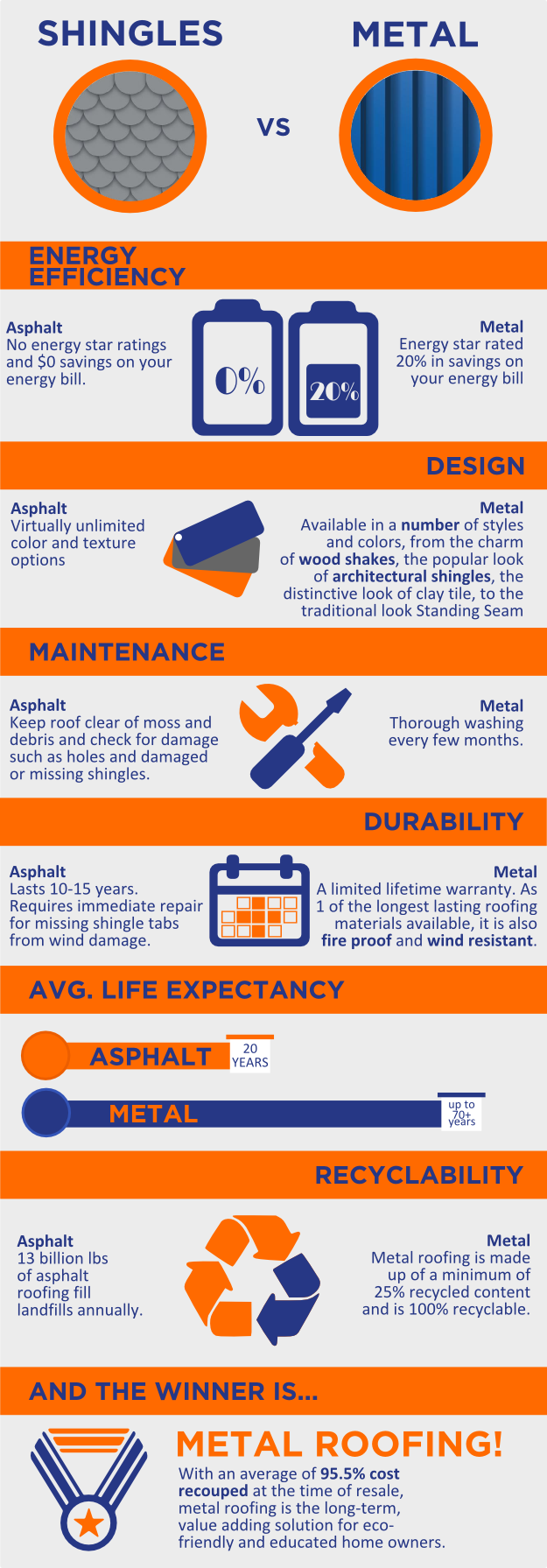Assessing The Costs Related To Solar Installations: Is It A Beneficial Financial Investment?
Assessing The Costs Related To Solar Installations: Is It A Beneficial Financial Investment?
Blog Article
Content Writer-McQueen McWilliams
When considering the expenses of solar setup, you may question the in advance investment called for and whether it aligns with the prospective lasting benefits. Recognizing the intricacies of these costs and the various factors influencing the general return can clarify the value proposition of transitioning to solar energy. By assessing both the first configuration costs and the forecasted financial savings in time, you can acquire understanding right into whether the investment in solar installment holds guarantee for your financial future.
Initial Configuration Costs
When thinking about the prices of solar installment, the first arrangement expenditures play a vital function in your decision-making process. These in advance costs include the rate of solar panels, inverters, installing devices, and setup labor.
The price of solar panels can vary relying on the brand, performance, and dimension you choose. Inverters are necessary for transforming the sunlight's energy into usable power and can be found in different kinds such as string inverters, microinverters, and power optimizers, each with its own expense implications.
Installing equipment, such as racks and rails, is necessary to securely set up photovoltaic panels on your roofing system or residential or commercial property.
The installation labor price covers the expert installation of the planetary system, ensuring that whatever is set up appropriately and efficiently. Bear in mind that while these preliminary arrangement expenditures might appear high, there are frequently rebates, tax obligation rewards, and funding choices offered to help counter the prices and make solar installment extra budget-friendly in the future.
Long-Term Financial Savings Evaluation
To comprehend the economic advantages of solar installation in time, it's important to perform a detailed long-term savings analysis. While the first configuration expenses of solar panels might seem challenging, the long-lasting financial savings can surpass these expenses substantially. By using the power of the sun to create power for your home, you can possibly conserve countless dollars on your energy costs over the lifespan of your solar system.
One of the vital elements to take into consideration in a long-term savings analysis is the decrease in your electricity bills. With solar panels, you can create your power, minimizing or perhaps removing your reliance on the grid. This can cause significant cost savings, particularly as energy prices remain to rise.
Additionally, many governments use incentives such as tax obligation credits and refunds for mounting solar panels, even more boosting your lasting financial savings. By making the most of these rewards and maximizing your solar power production, you can take pleasure in significant monetary advantages for many years to find.
Return on Investment Calculation
Taking into consideration the economic benefits of solar installation, it's time to analyze the Return on Investment (ROI) calculation. Establishing the ROI includes contrasting the total costs of setting up a planetary system with the monetary advantages it generates over its life-span.
To calculate ROI, divide the net profit from the system by the complete investment expense and multiply by 100 to obtain a percentage. The ROI formula is: (Net Profit/ Overall Investment Price) x 100.
As top rated solar companies , if the complete expense of mounting a solar system is $20,000, and over its life-span, it generates financial savings and revenues totaling $30,000, the internet revenue would be $10,000. Dividing this by the complete investment cost of $20,000 offers a ratio of 0.5. Multiplying this by 100 offers an ROI of 50%.
Usually, a greater ROI indicates a more monetarily satisfying financial investment. Variables like federal government motivations, upkeep prices, and power cost fluctuations can impact the ROI of solar installments. Comprehending the ROI assists in analyzing whether buying solar energy deserves it in the long run.
Conclusion
Finally, comprehending the expenses of solar installment is essential for determining if it is worth the financial investment. By thinking about first arrangement expenditures, conducting a long-lasting cost savings analysis, and calculating the return on investment, you can make a notified decision about the monetary worth of solar energy. With the potential for lowered utility expenses and increased power self-reliance, buying solar setup can be a wise option for both your pocketbook and the atmosphere.
